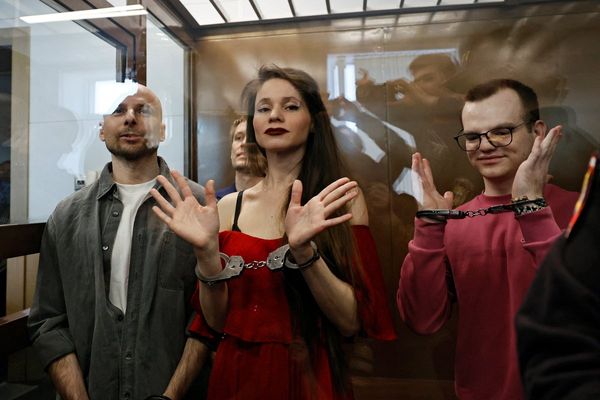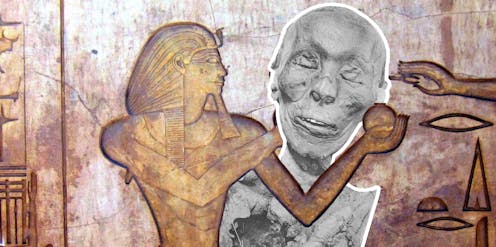
Archaeologists in Egypt have made an exciting discovery: the tomb of Pharaoh Thutmose II, a ruler who has long been overshadowed by his famous wife and half-sister, Queen Hatshepsut.
The remarkable find is located in the Western Valley (a burial ground for queens rather than kings), near the complex of Deir el-Bahari, which houses the funerary temple of Hatshepsut. Both of us worked together as archaeologists at this spectacular site some 15 years ago.
Thutmose II’s tomb has been labelled the first, and biggest, discovery of a royal tomb since Tutankhamun’s tomb was found just over 100 years ago.
Despite being totally empty, it’s a crucial element in further understanding a transformative period in ancient Egyptian history.
Hatshepsut’s forgotten brother and husband
Thutmose II (also called Akheperenre) reigned in the first half of the 15th century BCE. This made him the fourth ruler of the 18th Egyptian Dynasty, which marked the beginning of the New Kingdom period.
Thutmose II likely ruled for a little over ten years, although some scholars believe his reign may have lasted only three years.
He was the son of a great pharaoh Thutmose I and his lesser wife, Mutnofret. He married his half-sister Queen Hatshepsut according to the royal custom, to solidify the rule and bloodline. Together they had a daughter named Nefrure.
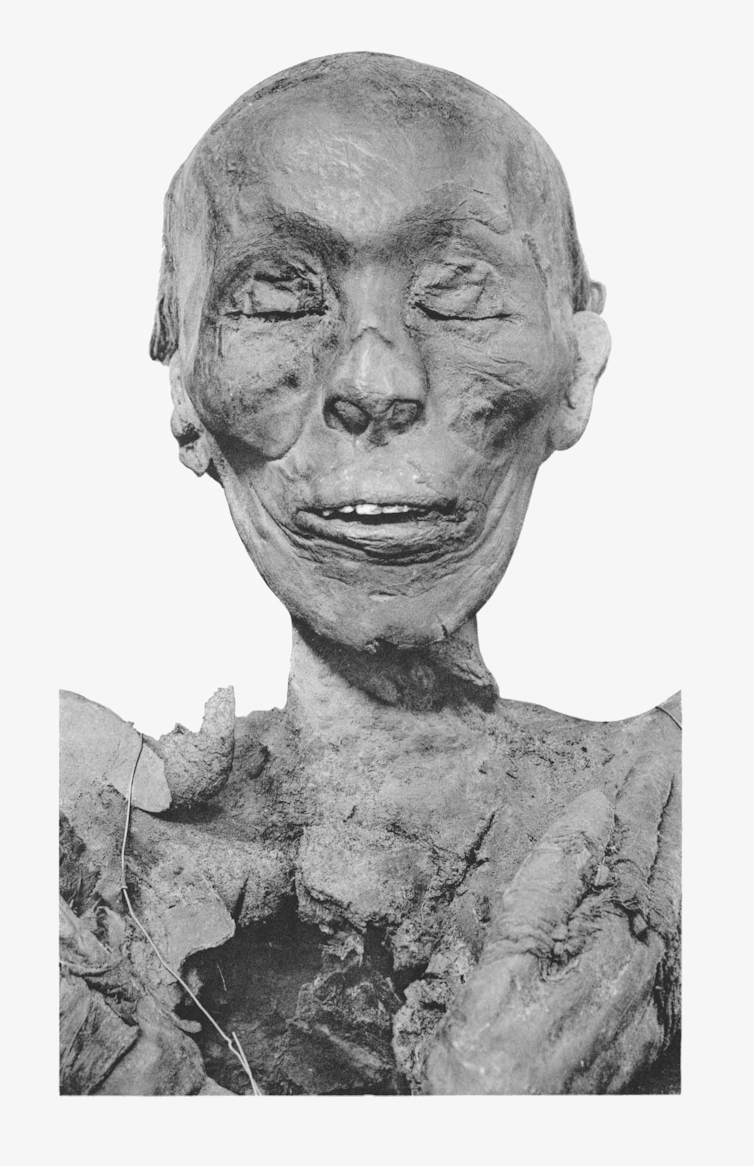
Upon his death, his wife Hatshepsut became the sixth pharaoh of the 18th Dynasty – and arguably one of the most famous and successful female rulers of all time.
Military activities
As the successor of Thutmose I, Thutmose II continued his father’s military policy in the southern regions of Egypt.
According to preserved inscriptions, he ordered the brutal suppression of a rebellion against Egyptian rule in the land of Kush (in present-day north Sudan). As a result, a significant number of prisoners were brought to Egypt – possibly as part of a campaign.
But Thutmose II’s military campaigns were minor in comparison to the grand conquests of his predecessors and successors. Most historians believe he was a weak ruler and that Hatshepsut had a major role in governing the country, even long before his death. However, others contest this.
Thutmose II’s short reign left modest traces of building activity in Karnak, one of the largest religious centres in ancient Egypt, located in present-day Luxor.
The structure, of which only fragments survive, features a unique decoration depicting Thutmose II, Hatshepsut as his royal wife before she became a ruler, and their daughter Nefrure. The origins of the monument are uncertain. It’s possible Thutmose II started it and Hatshepsut finished it.
The monument was reconstructed by French researchers and can now be admired at the Open Air Museum in Karnak.
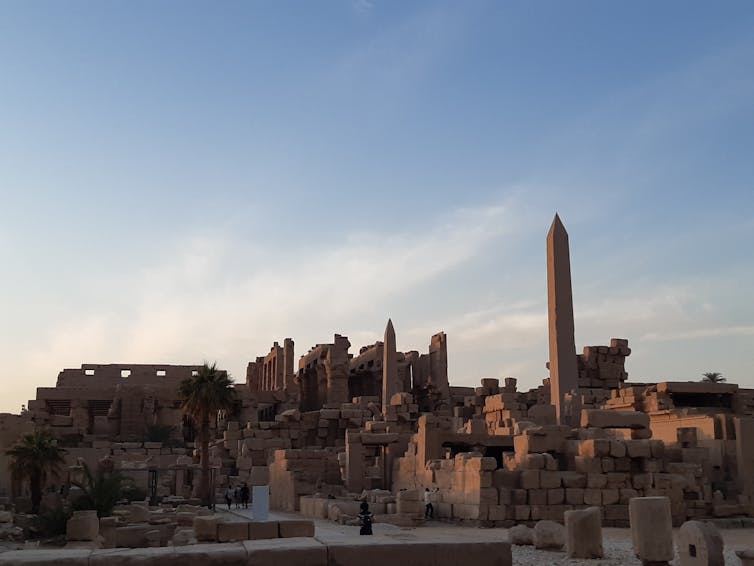
Other monuments of Thutmose II were found in the southern regions of Egypt, such as in Elephantine, in the city of Aswan, and in northern Sudan (likely connected to his military campaigns).
The condemnation of Hatshepsut’s memory
Interestingly, the name of Thutmose II became strongly associated with many of Hatshepsut’s constructions due to the actions of Thutmose III.
Regarded as one of the greatest warriors, military commanders and military strategists of all time, Thutmose III was the nephew and stepson of Hatshepsut, and co-ruled with her as a regent.
At the end of Thutmose III’s reign, some 20 years after Hatshepsut’s death, he carried out a large-scale campaign to remove or alter Hatshepsut’s names and images. Scholars call this “damnatio memoriae”, or condemnation of the memory.
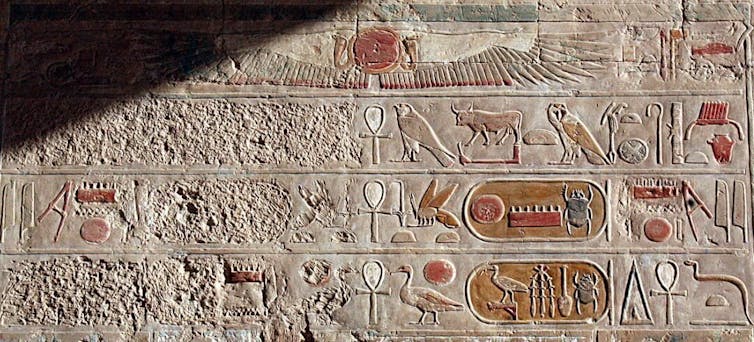
This was likely due to concerns about securing the throne for his successor, Amenhotep II, by linking him to his male ancestors.
In many cases, Hatshepsut’s name was replaced with that of Thutmose II, making him the principal celebrant in temples built by Hatshepsut, such as in Deir el-Bahari.

What does Thutmose II’s empty tomb tell us?
The newly discovered tomb reveals fresh details about the status of Thutmose II and his role in the sociopolitical structure of 15th century BCE Egypt – a period of territorial expansion, wealth and political intrigue. It also sheds light on the perception of his rule at the time.
Thutmose II has been painted as an ineffectual ruler. And the latest findings don’t contradict this.
Unlike his father Thutmose I, who expanded Egypt’s reign through military strength, or his stepson Thutmose III, who became one of the most famous Egyptian warrior-kings, his modest tomb suggests his legacy may not have been as widely celebrated as others in his dynasty.
The tomb’s location is also intriguing, as it is near the tombs of royal wives, including the cliff tomb of Hatshepsut, which was prepared for her when she was still a royal wife.
Thutmose II’s mummy was discovered in the so-called Royal Cache in Deir el-Bahari in 1881, alongside other royal mummies. Many royal mummies were relocated here for protection from flooding and during the uncertain times of the 21st Dynasty (circa 1077–950 BCE), some 400–500 years after Thutmose II’s original burial.
However, experts suspect Thutmose II’s tomb might have been emptied even earlier due to flooding from a waterfall above it.
The two of us speculate another tomb may have been built for him, and is still awaiting discovery.
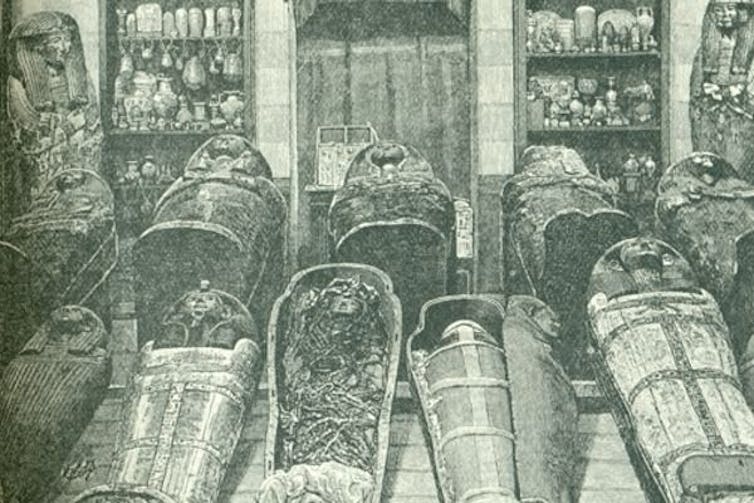
Ultimately, Thutmose II’s reign remains shrouded in mystery due to the lack of available records. The search for his tomb – from Western Valley, through the Valley of the Kings, all the way to Deir el-Bahari – spanned centuries.
Despite its poorly preserved state, and its scarcity compared with Tutankhamun’s splendorous tomb, this discovery will expand our understanding of the overlooked figure of Thutmose II, and the role he played in setting up the reign of Hatshepsut – arguably the most successful of the four female pharaohs.
In fact, paving the way for the ascent of Hatshepsut may have been his greatest contribution.
Anna M. Kotarba-Morley receives funding from Australian Research Council and previously received funding from National Centre of Science in Poland.
Katarzyna Kapiec receives funding from National Science Centre in Poland
This article was originally published on The Conversation. Read the original article.


